Agrochemical Fate & Exposure Modeling
Since 1992, Stone has been assisting clients in the crop protection industry with the registration of new chemicals and the maintenance and mitigation of existing registrations. A critical part of every registration project, our modeling team is one of the most experienced in the industry in predicting the environmental concentrations of an agrochemical in surface water and groundwater. We comprehensively address aquatic exposure modeling from standard regulatory screening level approaches up through the most data-rigorous refined methods following a tiered risk assessment process. Our clients rely on us to produce defensible and transparent exposure assessments within the regulatory framework, and follow our recommendations in applying the best scientific methods and datasets in addressing the most challenging agrochemical exposure issues. The models and methods we employ are applicable to agrochemical exposure for both ecological and human health risk assessments.
Our team has completed hundreds of modeling studies to meet the regulatory requirements of the United States (federal and state governments), Canada, and the European Union.
-
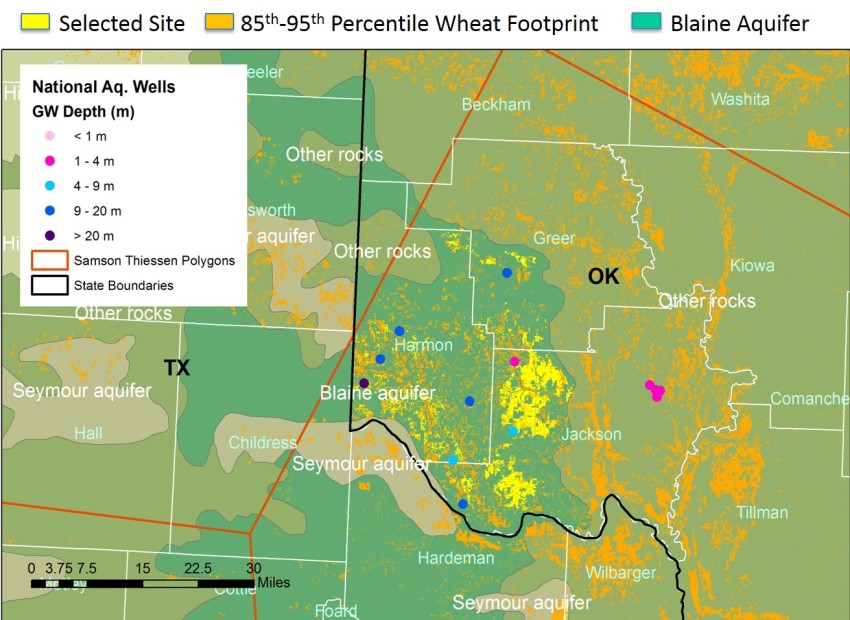
Refined Groundwater Exposure Modeling and Scenario Development
-
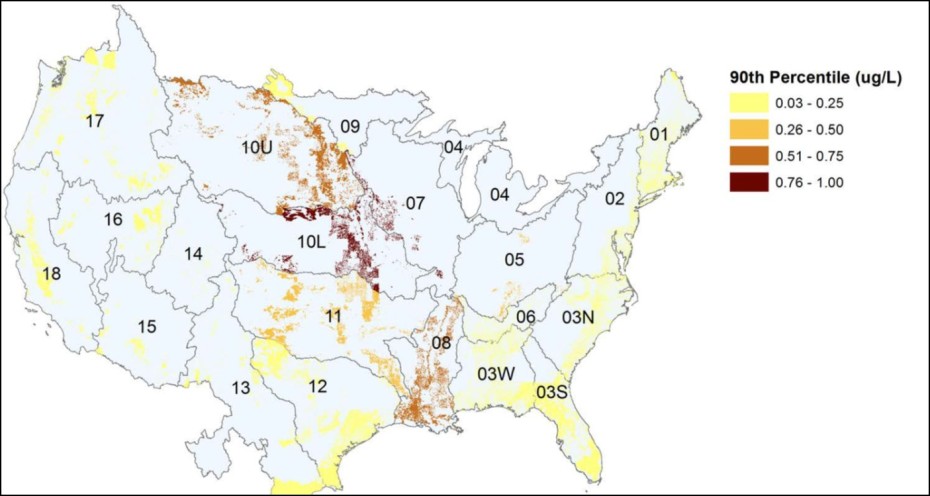
Refined Ecological Exposure Estimates by Hydrologic Region
-
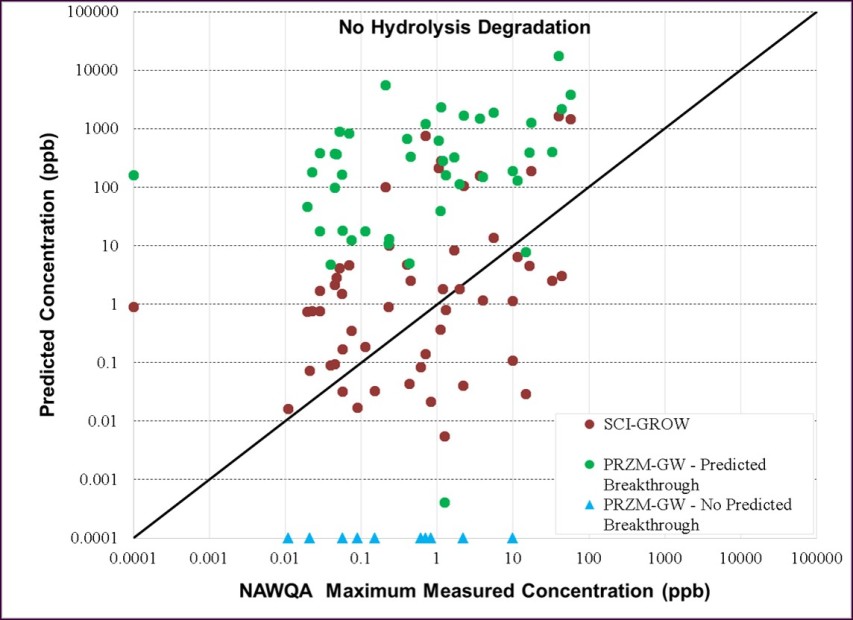
Comparison of Model-Predicted and Observed Pesticide Concentrations in Groundwater
-
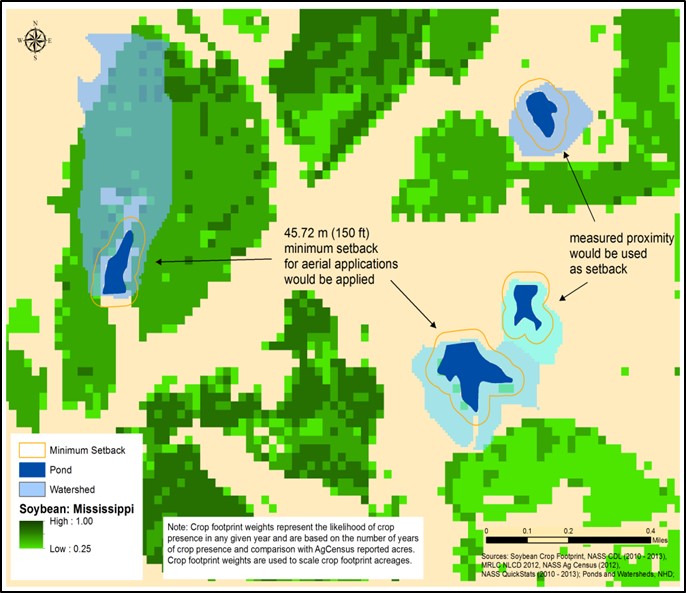
Spatial Analysis of Spray Drift Calculations from Crop Proximity
-
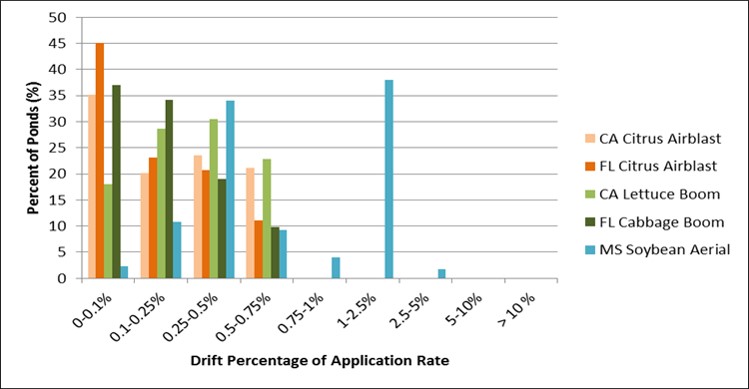
Spray Drift Deposition Distributions based on Spatial Analysis
-
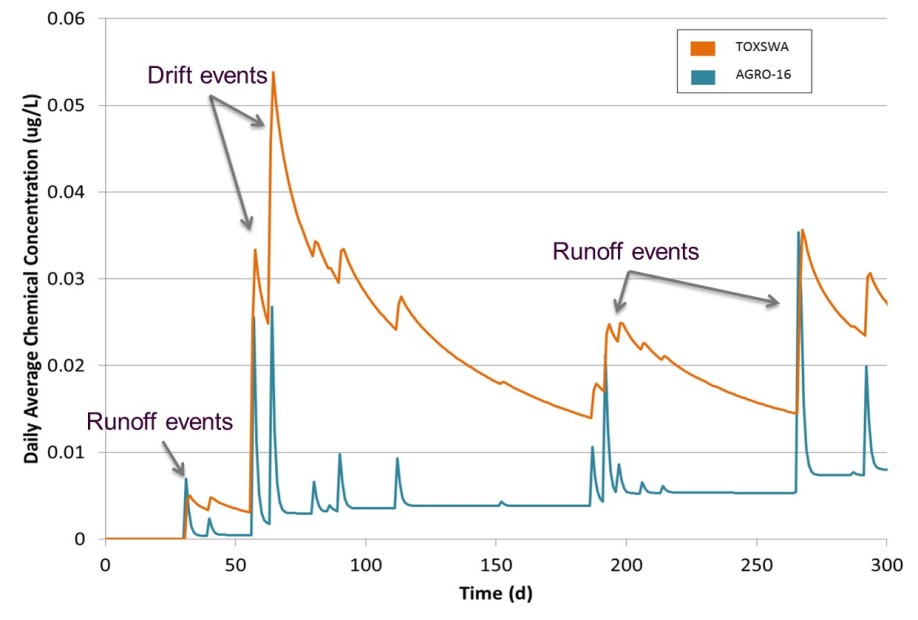
Comparisons Predicted Pesticide Concentrations from TOXSWA and AGRO Models
-
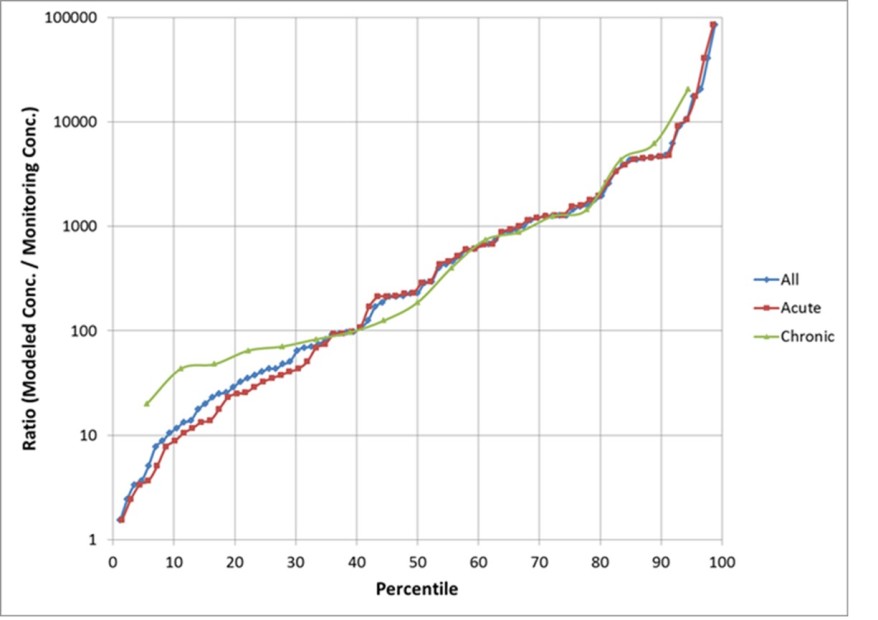
Simulated Surface Drinking Water Peak Concentrations Compared to Observed Concentrations
-
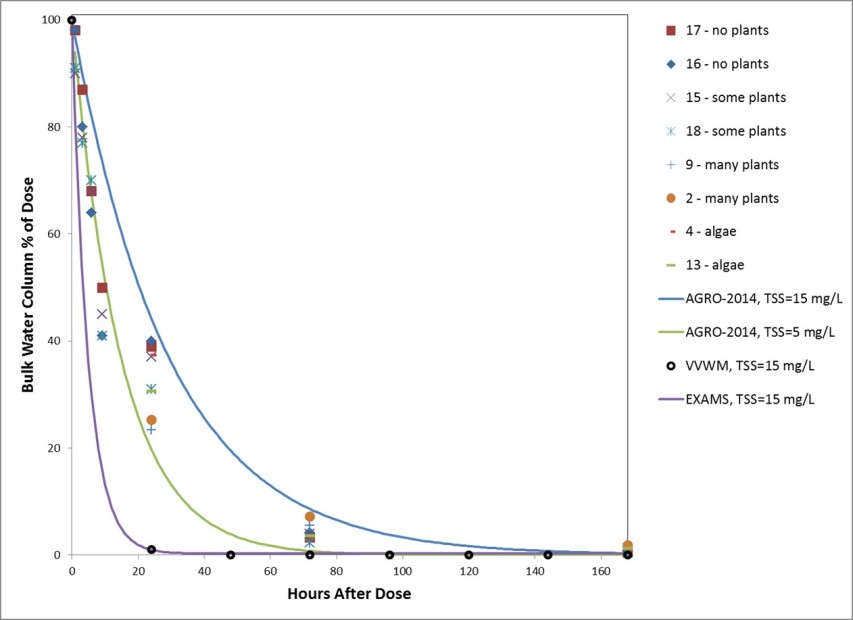
AGRO-2014 Model Calibration
-
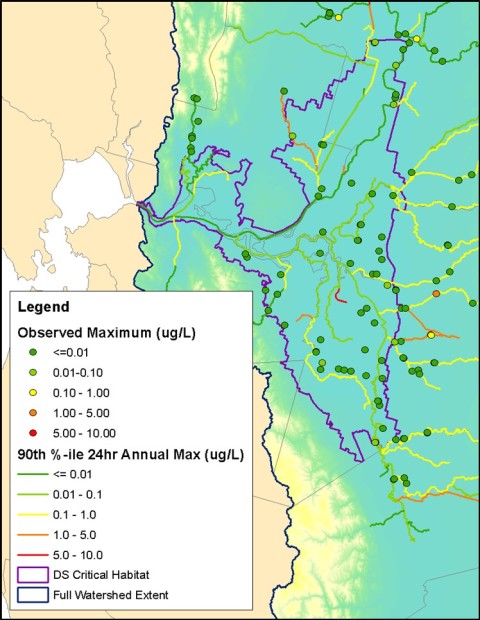
SWAT Model Predicted Pesticide Concentrations in California Delta
Some of the many topics we address in our agrochemical fate and exposure modeling include the following:
- Screening level ecological and drinking water exposure for US EPA, Canada PMRA, and the European Union: We apply established regulatory aquatic exposure models (PWC, SWCC, PRZM, VVWM, PRZM-GW, PFAM, MACRO, PEARL, PELMO, FOCUS-PRZM, TOXSWA) to make exposure predictions in surface and groundwater used in pesticide registration and re-registration risk assessments. Our many years of experience working with these models has enabled us to develop processes that ensure the quality of model inputs and outputs is maintained and that also allow us to efficiently conduct assessments requiring significant numbers of modeled scenarios.
- Higher tier application of regulatory models and refined exposure models (LEACHP, RZWQM, VFSMOD,AGRO, SWAT, and WARP) to perform:
- Drinking water exposure estimates for toxicology risk assessments using surface water and groundwater models
- Aquatic agrochemical exposure estimates for ecotoxicology risk assessments using surface water models
- Calibration and investigative modeling for point and nonpoint source environmental fate phenomena
- Probabilistic risk assessments combining spatial analysis with modeling to look at chemical behavior with spatial and temporal variability
- Watershed-scale water quality modeling
- Statistical methodology for study design, and interpretations of data and environmental fate summaries
- Chemical kinetics modeling using PestDF, CAKE, and the Aldworth-Jackson Fitting Tool
- Spray drift transport and exposure analysis, including:
- Deposition modeling with AgDRIFT, AGDISP, and REGDISP
- Simulation of wind-tunnel derived spray droplet spectra
- Aquatic and terrestrial habitat exposure
- Spray buffer analysis
- Volatilization and offsite chemical flux simulation using, AERSCREEN, AERMOD, and PERFUM.